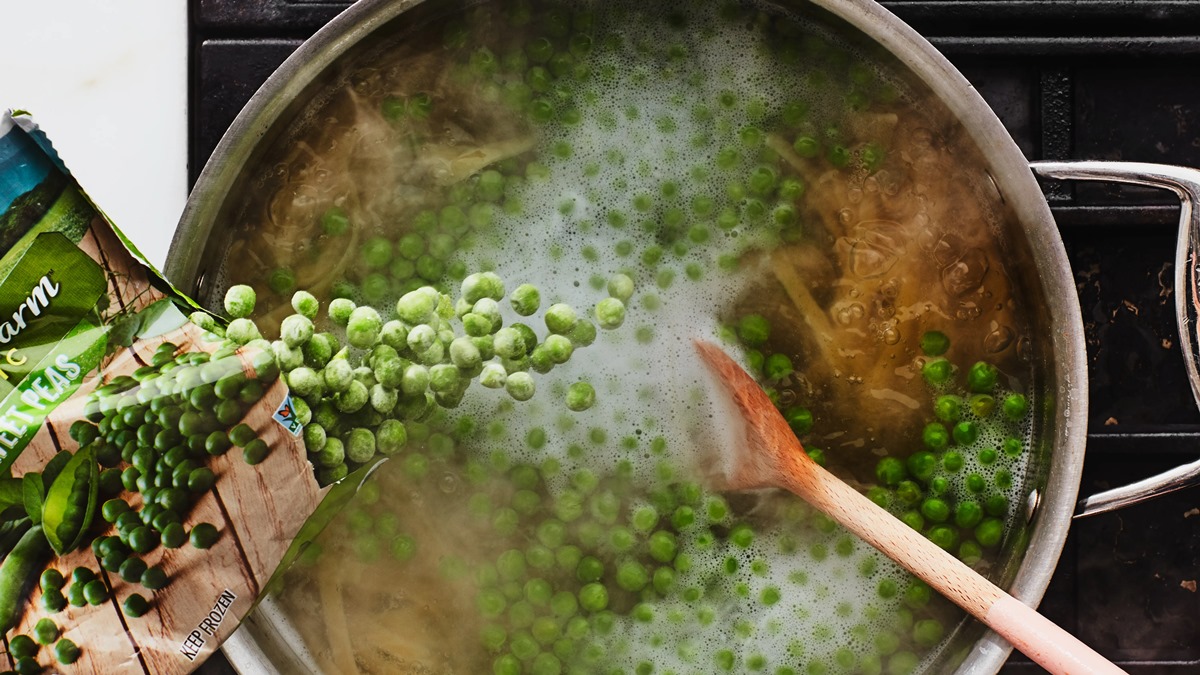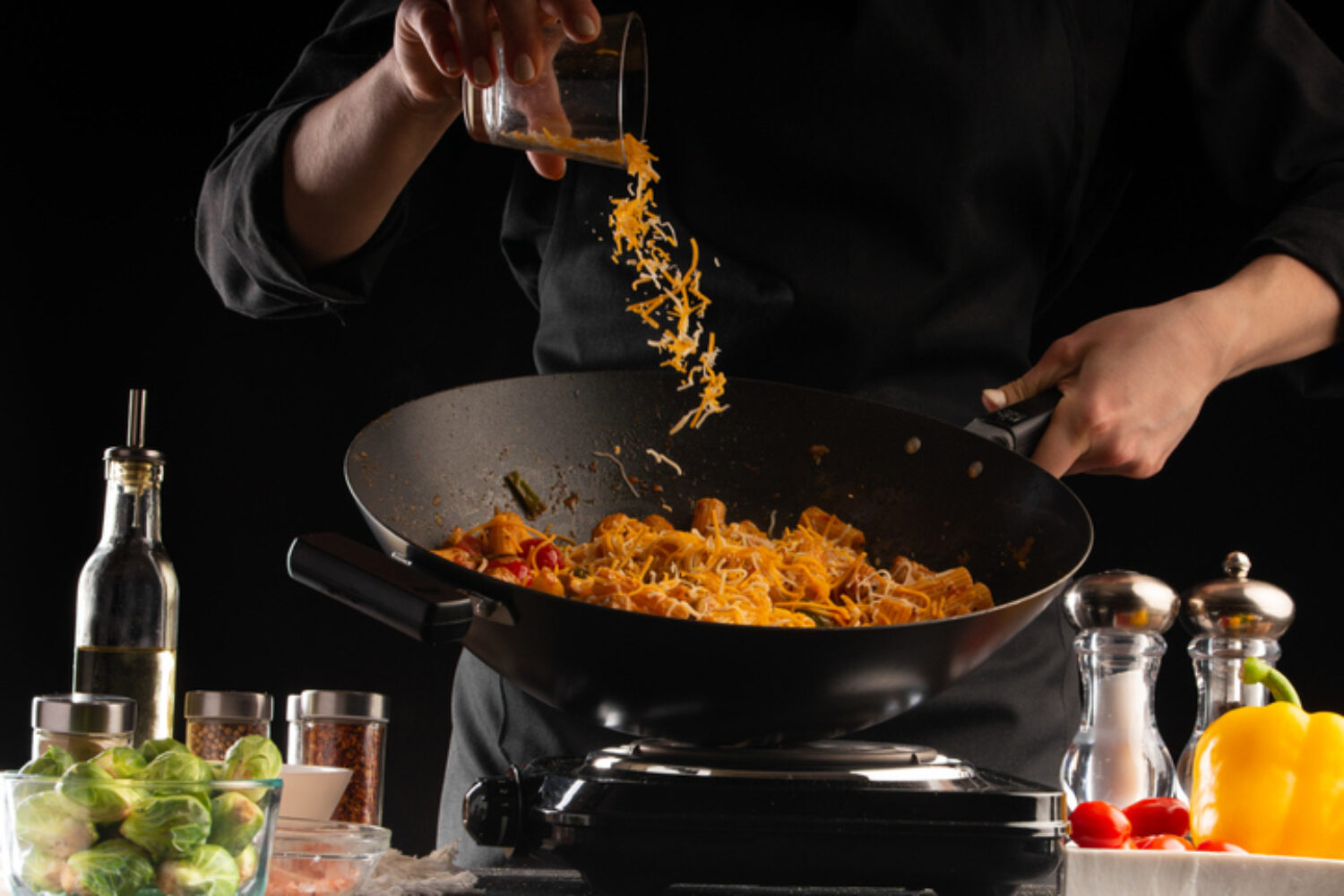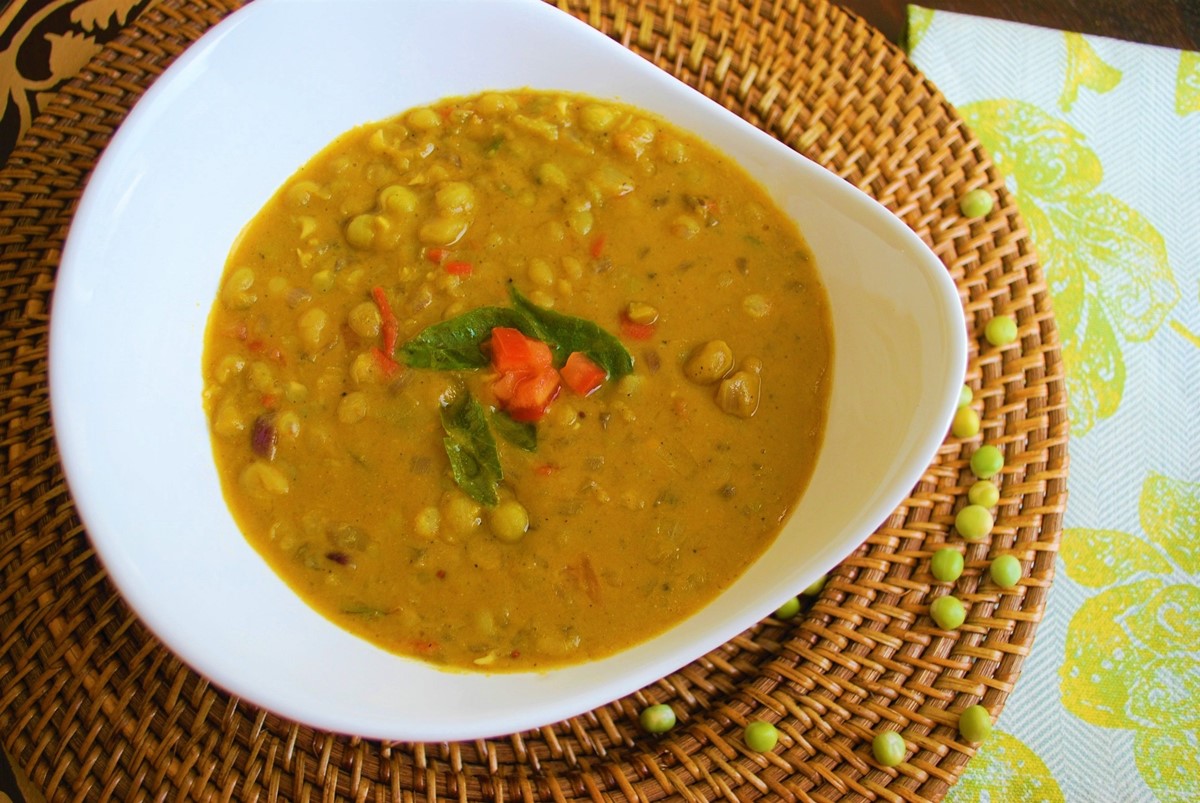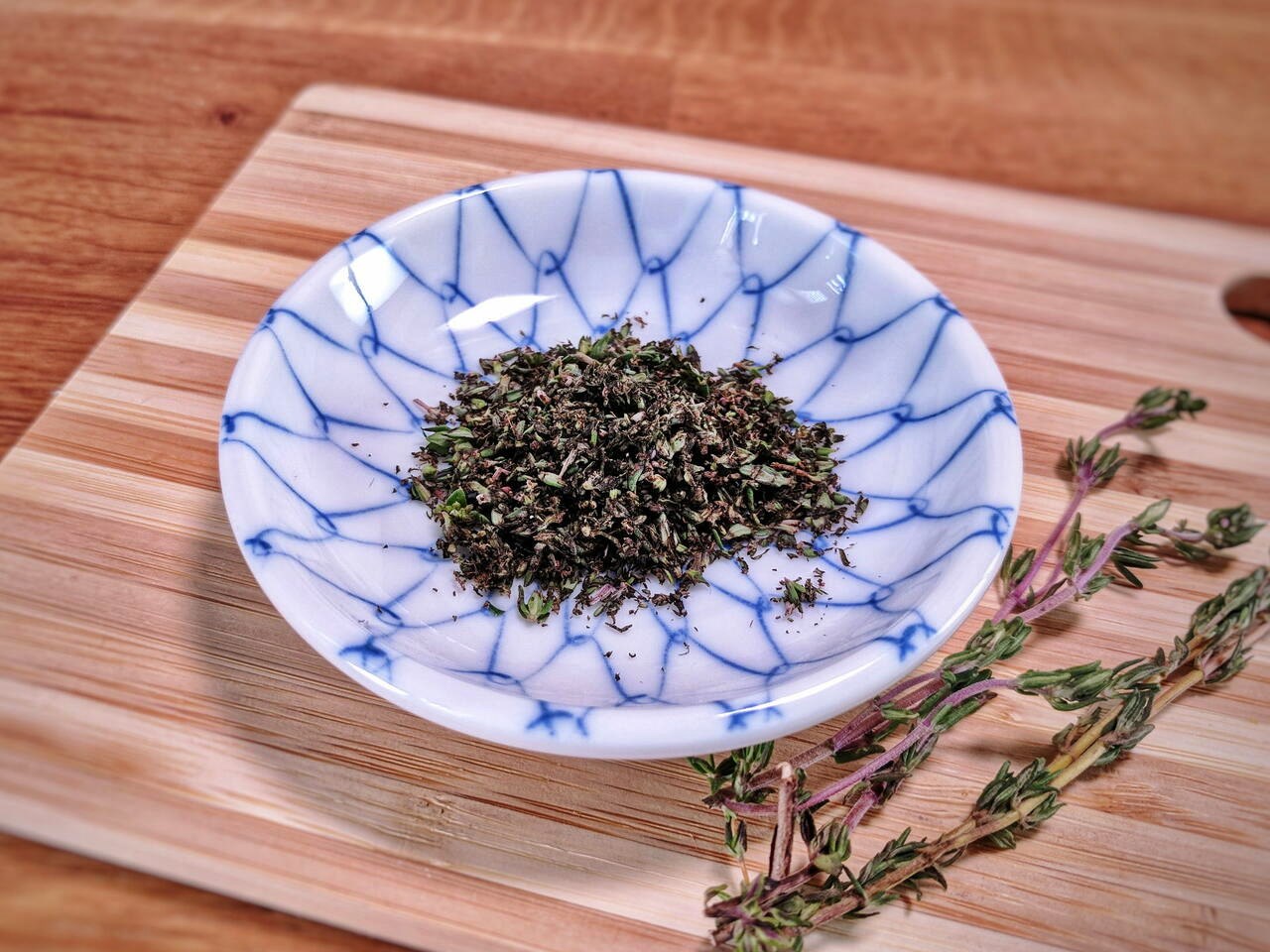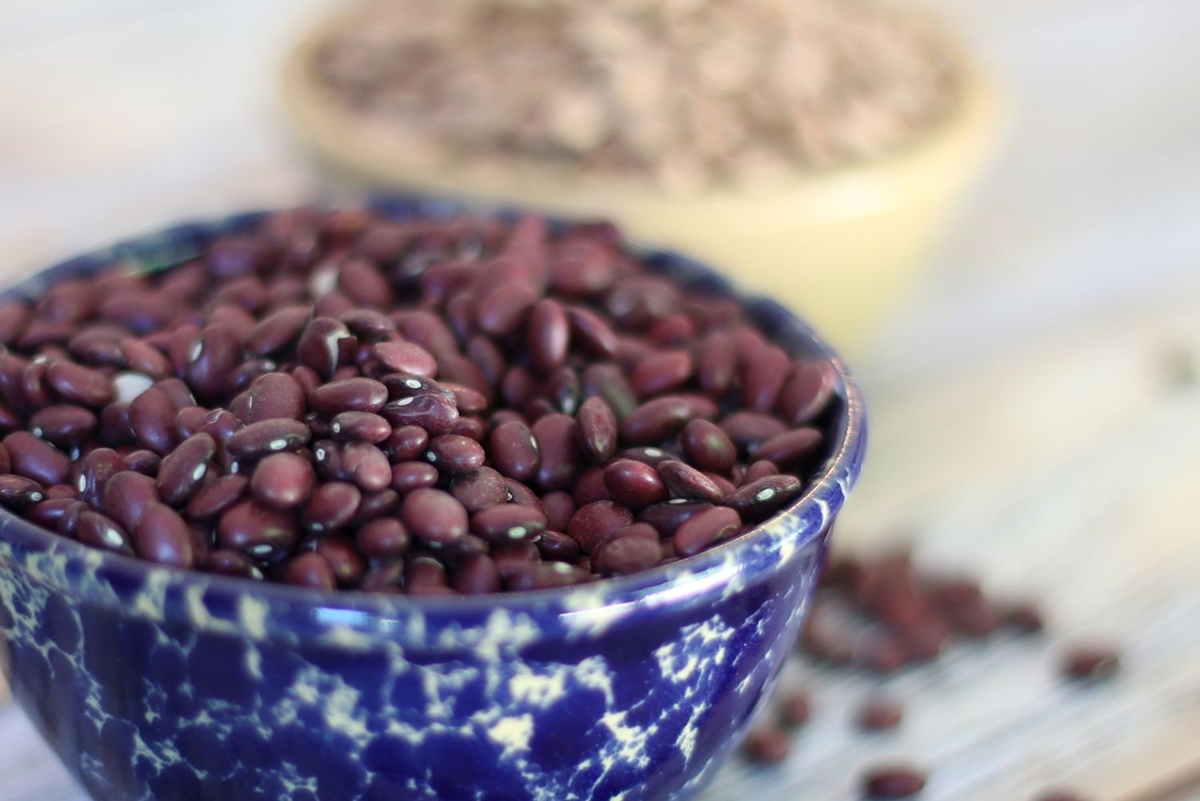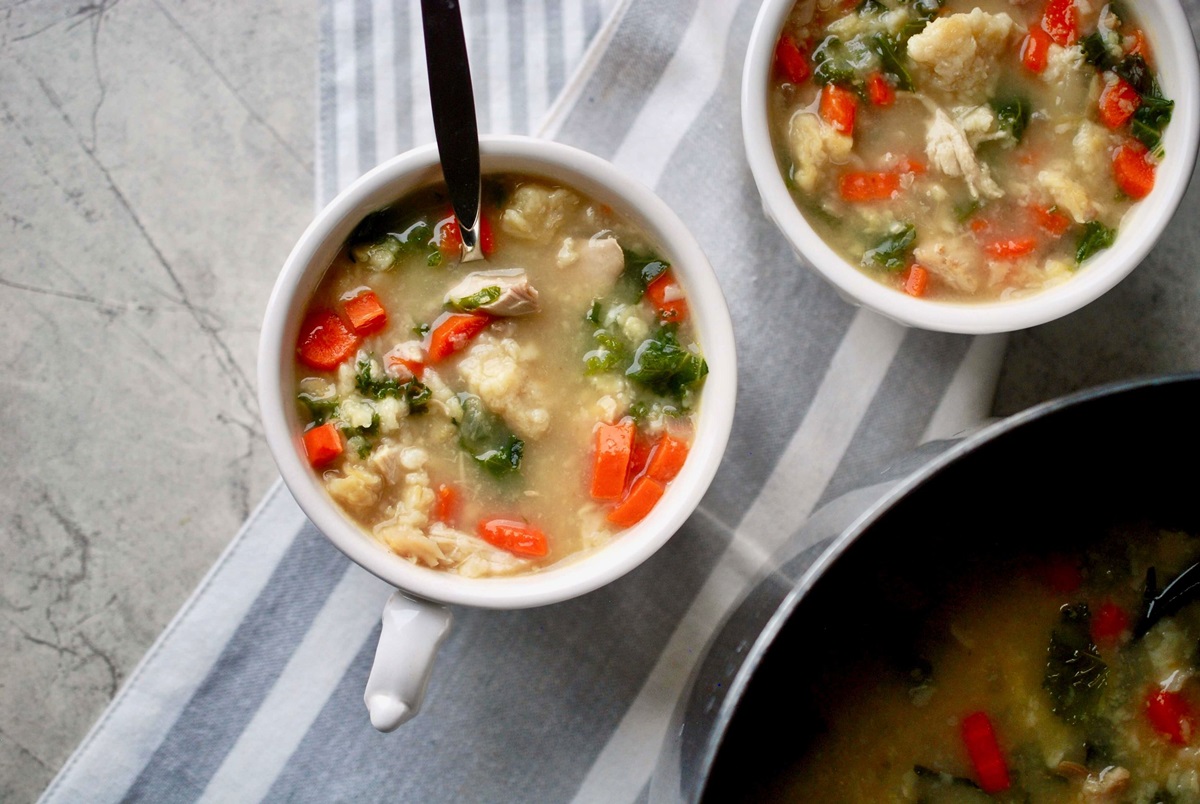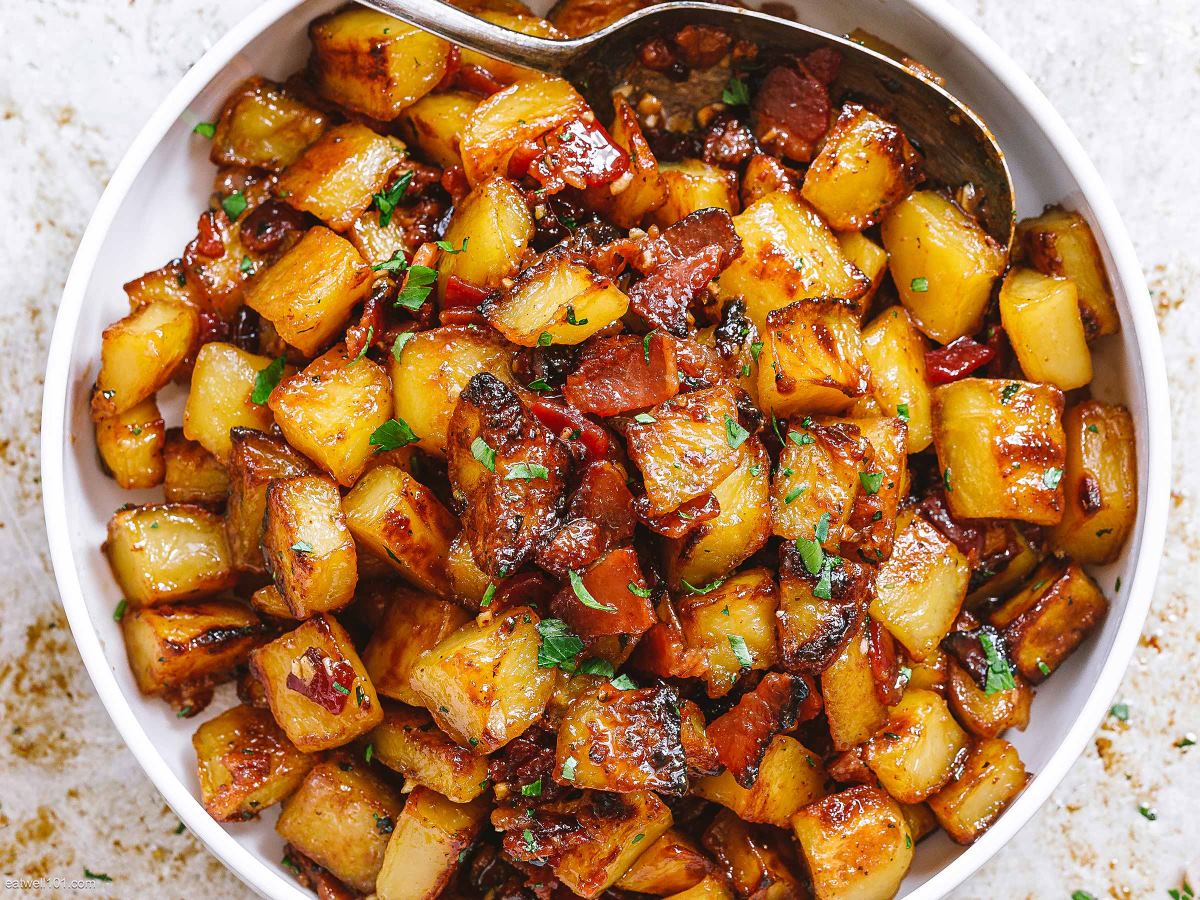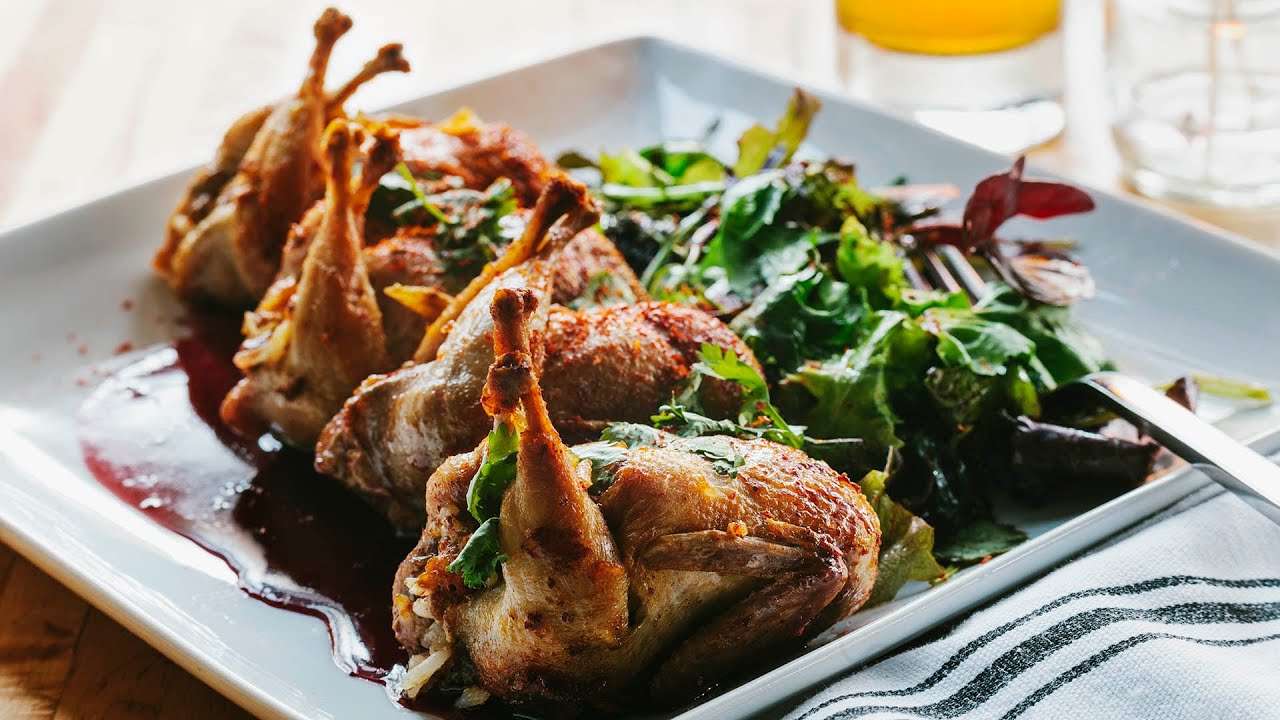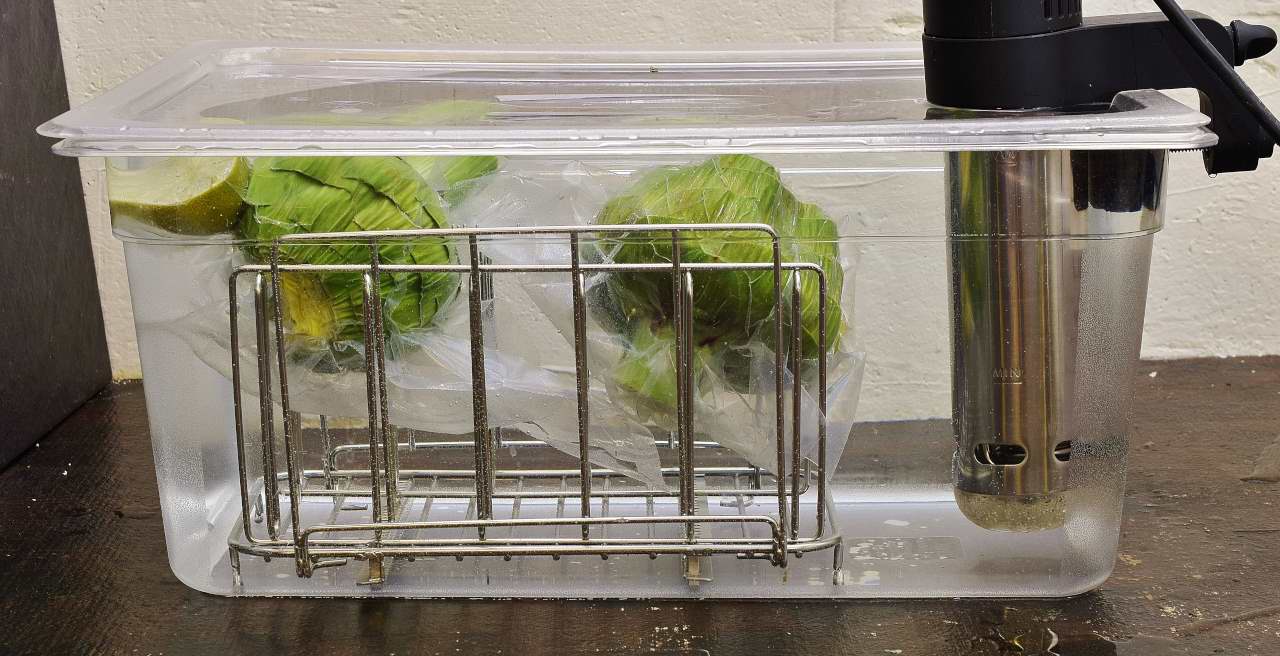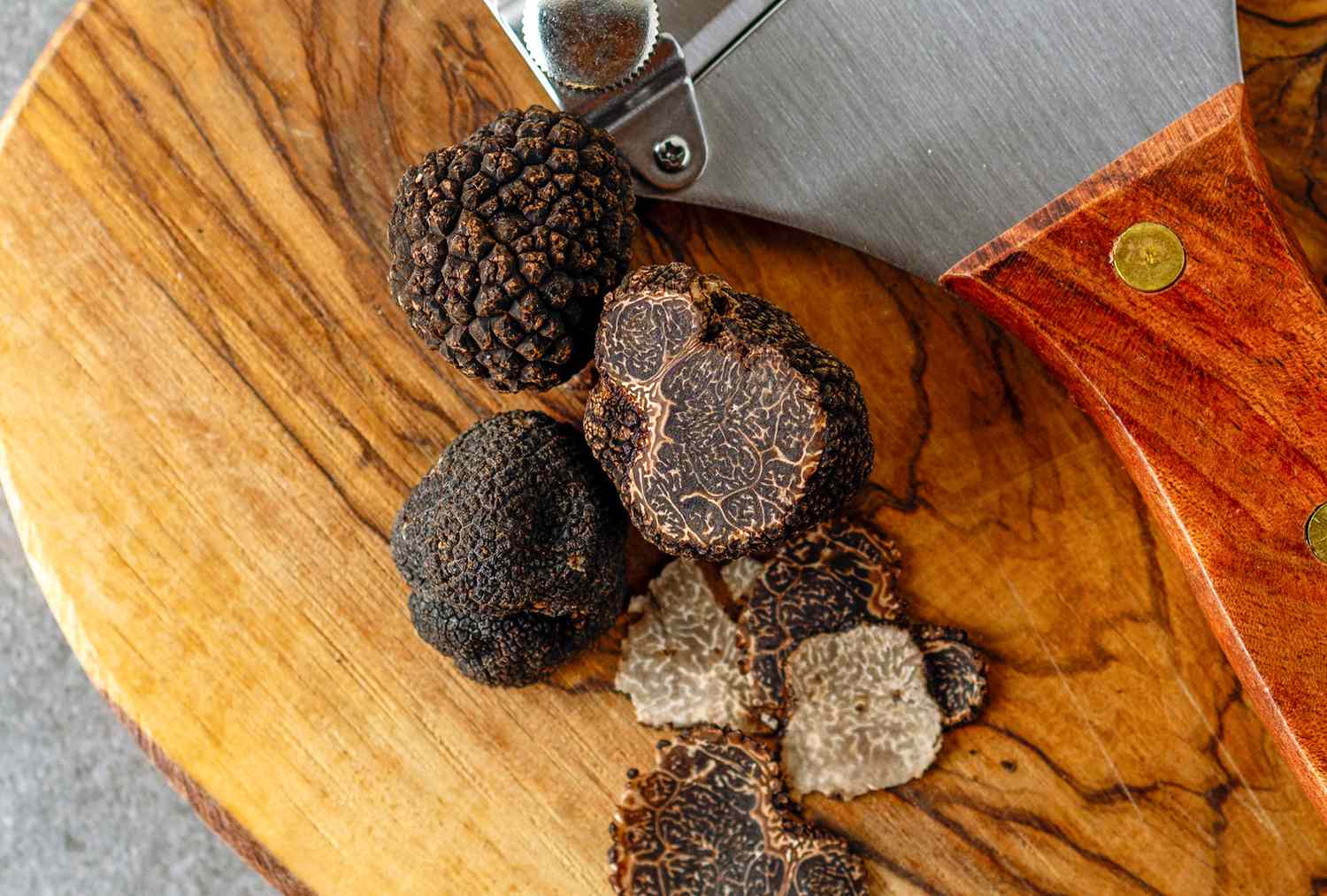Cooking gourmet meals in a tiny kitchen might seem challenging, but with smart strategies, it’s entirely possible. Small spaces can inspire creativity, pushing you to maximize every inch. Focus on using high-quality ingredients, which often require less space and equipment. Invest in multi-functional tools like a good chef's knife, cast-iron skillet, and immersion blender. Organize your space efficiently by using vertical storage and magnetic strips for utensils. Plan your meals to minimize clutter and streamline your process. With these tips, even the smallest kitchen can produce dishes worthy of a fine dining experience.
Essential Ingredients for Gourmet Cooking in Tiny Kitchens
Gourmet Approaches to Cooking in Tiny Kitchens
- Olive oil: 2 tablespoons
- Garlic: 3 cloves, minced
- Onion: 1 medium, finely chopped
- Cherry tomatoes: 1 cup, halved
- Baby spinach: 2 cups, packed
- Fresh basil: 1/4 cup, chopped
- Lemon zest: 1 teaspoon
- Lemon juice: 2 tablespoons
- Salt: 1 teaspoon
- Black pepper: 1/2 teaspoon
- Parmesan cheese: 1/4 cup, grated
- Pasta: 8 ounces, any type
- Red pepper flakes: 1/4 teaspoon (optional)
- Pine nuts: 2 tablespoons, toasted (optional)
- White wine: 1/4 cup (optional)
- Butter: 1 tablespoon (optional)
Must-Have Tools for Your Tiny Kitchen
Gourmet Approaches to Cooking in Tiny Kitchens
-
Mini Food Processor
- Chops, purees, and mixes ingredients quickly.
-
Compact Cutting Board
- Fits small countertops, easy to store.
-
Chef's Knife
- Versatile for chopping, slicing, and dicing.
-
Stackable Mixing Bowls
- Saves space, multiple sizes for different tasks.
-
Collapsible Measuring Cups and Spoons
- Space-saving, accurate measurements.
-
Multi-Purpose Grater
- Grates cheese, zests citrus, shreds vegetables.
-
Silicone Spatula
- Heat-resistant, flexible for mixing and scraping.
-
Small Cast Iron Skillet
- Durable, retains heat well, perfect for searing.
-
Compact Blender
- Blends smoothies, soups, and sauces.
-
Instant Pot or Multi-Cooker
- Combines several appliances in one, saves space.
-
Magnetic Spice Jars
- Keeps spices organized, easy to access.
-
Over-the-Sink Cutting Board
- Expands workspace, includes strainer.
-
Foldable Dish Rack
- Dries dishes, folds away when not in use.
-
Handheld Immersion Blender
- Blends directly in pots, easy to store.
-
Nesting Cookware
- Pots and pans that stack inside each other.
-
Wall-Mounted Pot Rack
- Saves cabinet space, keeps pots accessible.
-
Rolling Cart
- Adds storage and prep space, can be moved around.
-
Magnetic Knife Strip
- Keeps knives organized, frees up drawer space.
-
Silicone Baking Mat
- Reusable, non-stick surface for baking.
-
Compact Toaster Oven
- Bakes, broils, and toasts without taking up much space.
Maximize space by using wall-mounted racks for utensils, magnetic strips for knives, and stackable containers. Prep ingredients beforehand to keep the workspace tidy and efficient.
The Importance of Gourmet Cooking in Small Spaces
Cooking in tiny kitchens encourages creativity and efficiency. Limited space pushes us to organize better, use multi-functional tools, and plan meals thoughtfully. This approach often leads to healthier, homemade dishes, reducing reliance on processed foods. Embracing small spaces fosters a sustainable, minimalist lifestyle, making cooking both enjoyable and rewarding.
Step-by-Step Guide to Gourmet Cooking in Tiny Kitchens
Gourmet Approaches to Cooking in Tiny Kitchens
-
Organize Your Space
- Declutter countertops
- Use vertical storage solutions
- Install magnetic strips for knives and utensils
- Utilize stackable containers for ingredients
-
Plan Your Meals
- Create a weekly menu
- Make a shopping list based on the menu
- Prioritize multi-use ingredients
-
Prep Ingredients in Advance
- Chop vegetables and store in containers
- Marinate proteins the night before
- Pre-measure spices and herbs
-
Use Multi-functional Tools
- Invest in a multi-cooker (e.g., Instant Pot)
- Use a cast-iron skillet for various cooking methods
- Opt for a hand blender instead of a full-sized blender
-
Cook in Batches
- Prepare large quantities of base ingredients (e.g., rice, beans)
- Store in portion-sized containers
- Reheat and assemble meals quickly
-
Maximize Oven Use
- Cook multiple dishes simultaneously
- Use sheet pans for roasting vegetables and proteins together
- Utilize the broiler for quick cooking
-
Embrace One-Pot Meals
- Use a Dutch oven for stews, soups, and casseroles
- Try stir-fries in a large skillet
- Make pasta dishes in a single pot
-
Clean as You Go
- Wash utensils and dishes immediately after use
- Wipe down surfaces regularly
- Keep a trash bowl on the counter for scraps
-
Optimize Storage
- Use clear containers to see contents easily
- Label and date leftovers
- Store frequently used items within easy reach
-
Utilize Small Appliances
- Use a toaster oven for small baking tasks
- Try a slow cooker for hands-off cooking
- Consider a portable induction cooktop for extra burner space
-
Incorporate Fresh Herbs and Spices
- Grow herbs in small pots on the windowsill
- Use fresh spices to enhance flavors
- Store dried herbs in airtight containers
-
Experiment with Plating
- Use small plates to make portions look larger
- Garnish with fresh herbs and edible flowers
- Arrange food artistically for visual appeal
-
Stay Flexible
- Adapt recipes to fit your kitchen size
- Substitute ingredients based on availability
- Be creative with limited tools and space
-
Enjoy the Process
- Play music or listen to a podcast while cooking
- Involve family or friends in meal prep
- Take time to savor your creations
Making the Most of Your Tiny Kitchen
Cooking in a tiny kitchen doesn't mean you have to sacrifice flavor or creativity. With a bit of organization, smart storage solutions, and multi-functional tools, you can whip up gourmet meals just like in a spacious kitchen. Focus on simple recipes that use fresh ingredients and bold flavors. Keep your workspace tidy and make use of every inch of counter space. Remember, the key is to stay organized and efficient. Don’t let the size of your kitchen limit your culinary ambitions. Embrace the challenge and let your creativity shine. Happy cooking!
Common Questions About Gourmet Cooking in Tiny Kitchens
How can I make gourmet meals in a tiny kitchen?
Planning is key. Choose recipes that require minimal equipment and ingredients. Prep everything beforehand to save space and time. Use multi-functional tools like a food processor or an Instant Pot.
What are some essential tools for a small kitchen?
Invest in a good knife, a cutting board, and a cast-iron skillet. These can handle most cooking tasks. A mini food processor and a hand blender are also great for saving space.
How do I keep my tiny kitchen organized?
Use vertical storage like shelves and hooks. Keep your most-used items within reach. Store less frequently used gadgets in cabinets or drawers. Declutter regularly to maintain a tidy space.
Can I still bake in a small kitchen?
Absolutely! Opt for a toaster oven or a countertop convection oven. These take up less space and can handle most baking tasks. Use stackable mixing bowls and measuring cups to save room.
What are some quick gourmet recipes suitable for small kitchens?
Try dishes like one-pot pasta, stir-fry, or sheet pan dinners. These recipes require minimal equipment and cleanup. You can also make gourmet salads with fresh ingredients and simple dressings.
How do I manage cooking smells in a tiny space?
Use a range hood or a portable fan to ventilate. Cook with windows open if possible. Keep a small bowl of vinegar or baking soda nearby to absorb odors. Clean up immediately after cooking to prevent lingering smells.
Are there any space-saving tips for storing ingredients?
Use airtight containers to keep ingredients fresh and stackable. Label everything to find items quickly. Store bulkier items like flour and sugar in slim, tall containers. Keep spices in a magnetic rack on the fridge or a wall.
